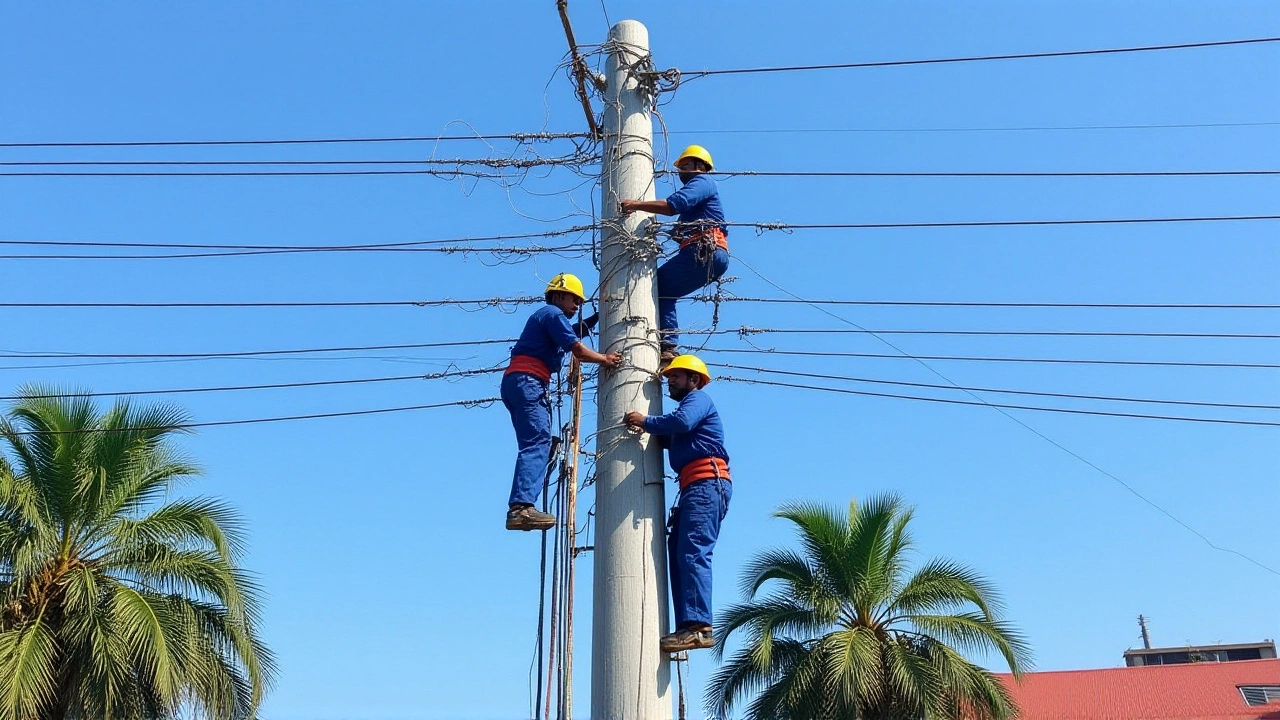Electricity Demand in Africa – What’s Happening and Why It Matters
Across the continent, power consumption is climbing faster than the grids can keep up. Cities are growing, more homes are plugging in electronics, and businesses need reliable energy to stay competitive. When demand outpaces supply, you feel it at home – lights flicker, air‑conditioners shut off, and factories grind to a halt. That’s the reality of loadshedding, and it’s why you’ll see the term pop up in news feeds every few weeks.
Why electricity demand is spiking
First off, urbanisation is a huge driver. In the last decade, Africa added over 200 million new urban residents. More people mean more lights, more refrigerators, more phones charging at the same time. Then there’s the rise of digital services. Streaming, cloud computing, and remote work all eat up power that used to be a niche concern.
Climate also plays a part. Hotter days push households to run air‑conditioners longer, while droughts reduce hydro‑electric output. Some countries still rely heavily on coal or old thermal plants that can’t ramp up quickly when demand spikes.
The mismatch isn’t just about quantity; it’s about timing. Peak‑hour demand – usually late afternoon to early evening – hits the grid hardest. If the infrastructure isn’t built to handle those peaks, the system trips, and you end up with scheduled outages.
What’s being done to balance demand
Governments and utilities are testing real‑world fixes. In South Africa’s Berg River Valley, a pilot with Eskom combines solar panels, battery storage, and smart irrigation controls. Farmers can run pumps when the sun shines or when the battery is full, cutting down on emergency load‑shedding. Early results show steadier water supply and fewer power cuts.
Renewable energy projects are sprouting up from Morocco’s desert solar farms to Kenya’s wind parks. These installations feed clean power directly into the grid, easing the load on ageing coal plants. At the same time, countries are exploring demand‑side management – basically paying big users to shift heavy consumption to off‑peak hours.
Smart meters are another game‑changer. By giving households real‑time data on their usage, people can make tiny adjustments – like delaying a washing machine cycle – that add up to big savings for the whole system. Some utilities are even piloting dynamic pricing, where electricity costs a little more during peak times, nudging consumers to spread out their demand.
On the policy front, many governments are updating energy codes to require more efficient appliances and better building insulation. The goal is simple: use less power for the same comfort.
All these initiatives point to one thing – balancing electricity demand isn’t about a single fix. It needs a mix of clean generation, smarter consumption, and policies that encourage both. If you’re curious about how these changes play out on the ground, check out our latest articles on the Berg River pilot, South Africa’s loadshedding response, and other stories that show the continent adapting to its growing power needs.
Staying informed helps you make better choices at home and understand the bigger picture. Whether you’re a farmer, a city dweller, or a business owner, the shift in electricity demand will shape daily life for years to come.
Kenya Power seeks 2,555 local transformers to keep new connections flowing and replace vandalised units, amid a 10% annual demand rise and a $33 million government upgrade plan.
Recent-posts
Oct, 10 2024
Feb, 24 2025






